Rainbows are one of nature’s most captivating and enchanting phenomena. These beautiful arcs of colors spanning across the sky have fascinated humans for centuries. From ancient myths to scientific explanations, rainbows have sparked wonder and curiosity, reminding us of the extraordinary beauty and harmony present in our world.
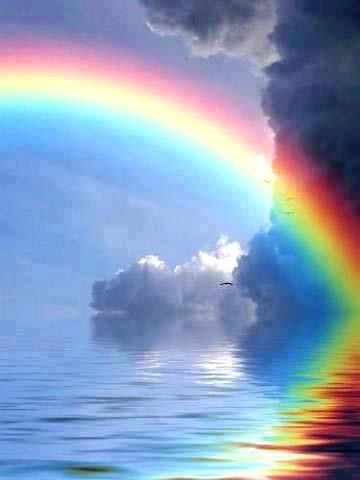
Rainbows occur when sunlight interacts with water droplets suspended in the air, typically after a rain shower. Sunlight is made up of various colors that form a spectrum, including red, orange, yellow, green, blue, indigo, and violet. When sunlight passes through these water droplets, it undergoes refraction, causing the light to bend and separate into its individual colors. The refracted light then reflects inside the droplets and exits, forming a circular arc of colors we know as a rainbow.
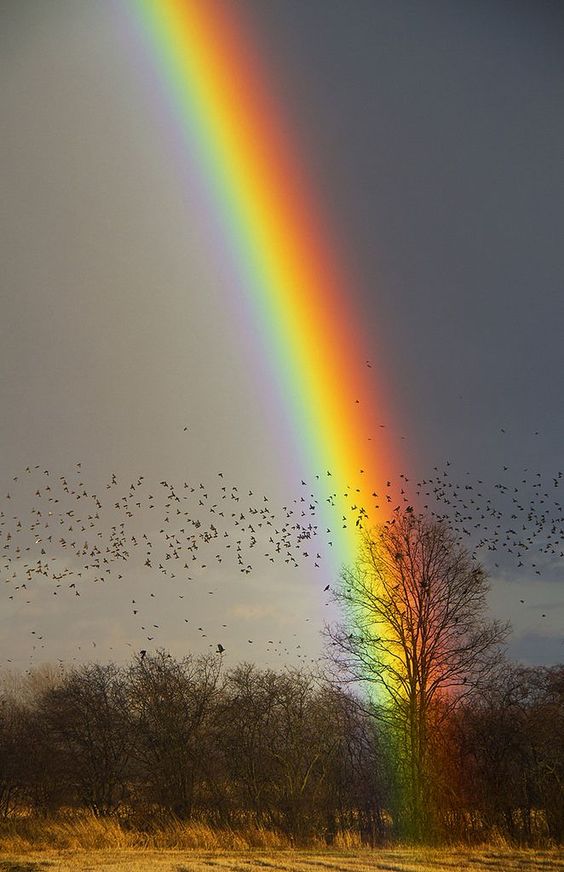
The vibrant colors of a rainbow are a mesmerizing sight to behold. The outer arc of the rainbow appears as red, followed by orange, yellow, green, blue, indigo, and violet on the inner side. Each color blends seamlessly into the next, creating a harmonious transition of hues. The contrast and brilliance of these colors against the backdrop of the sky often leave spectators in awe.

Legend has it that at the end of every rainbow, a pot of gold awaits those lucky enough to find it. This mythical belief has sparked countless imaginations and stories. However, scientifically speaking, rainbows are optical illusions, and their apparent location depends on the observer’s position. Therefore, the elusive pot of gold remains a delightful fantasy rather than a tangible reality.
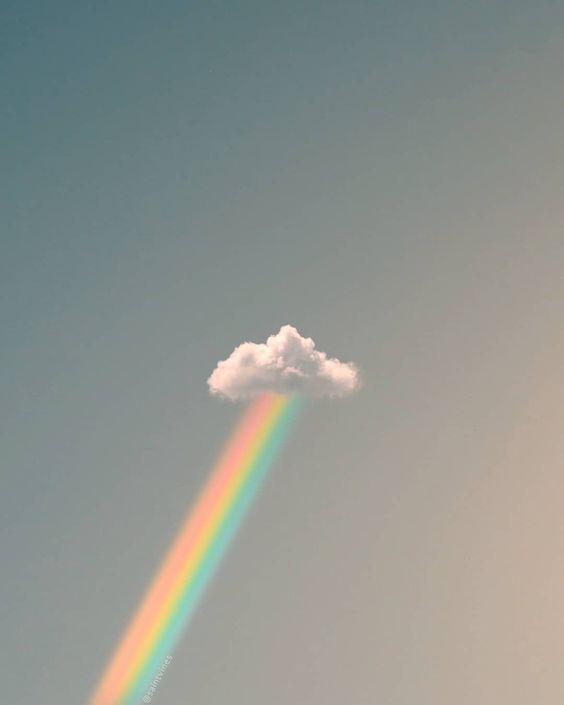
In certain conditions, a double rainbow may appear, adding an extra layer of enchantment to the already magical spectacle. A double rainbow is formed when light undergoes an additional reflection inside the water droplets, resulting in a secondary arc above the primary rainbow. The colors in the second rainbow appear in reverse order. Double rainbows are a rare sight but serve as a testament to the intricacies of nature’s optical wonders.
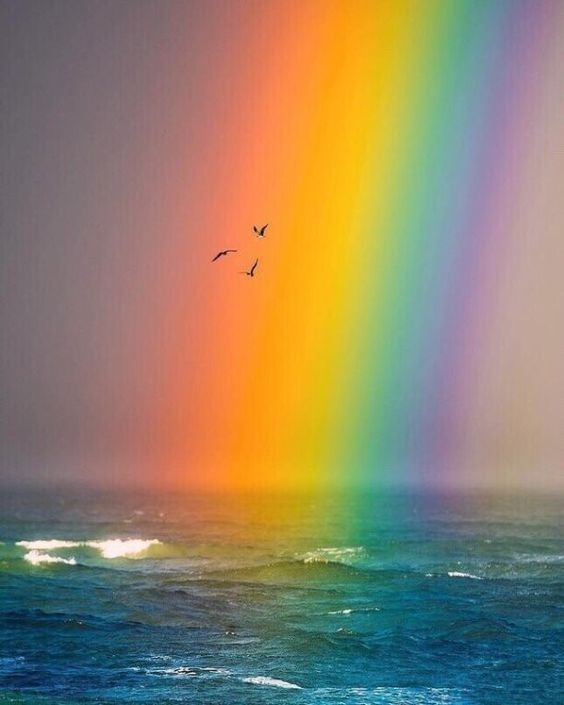
Rainbows hold significant cultural symbolism across the world. In many mythologies and religions, rainbows are seen as bridges between heaven and earth, connecting realms and conveying messages of hope, renewal, and harmony. They have become universal symbols of positivity, diversity, and inclusivity, reminding us of the beauty that emerges when different colors and elements come together.

Rainbows continue to evoke a sense of wonder and awe in people of all ages. Their fleeting presence in the sky serves as a reminder of the transient yet extraordinary beauty that surrounds us. From the scientific explanation of light refraction to the cultural significance they hold, rainbows are a testament to the marvels of nature. So, the next time you spot a rainbow gracing the sky, take a moment to appreciate its magical splendor and let it fill you with a sense of joy and wonder.
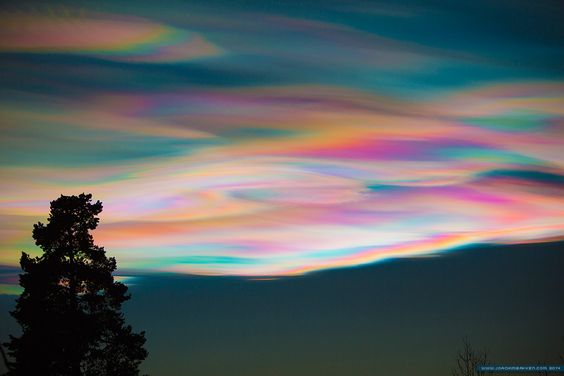
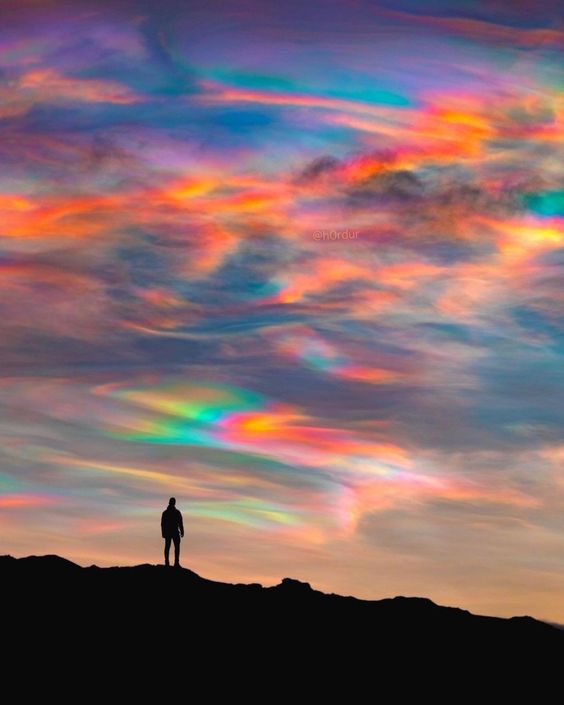
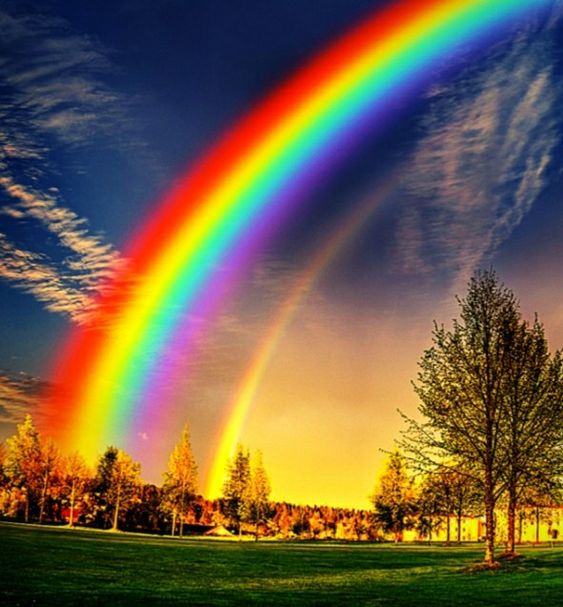
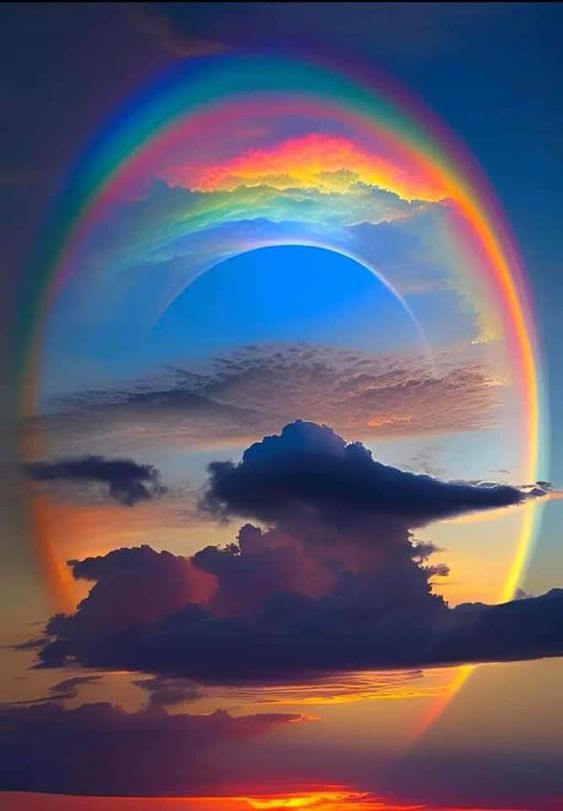





Soucre: special68.com





